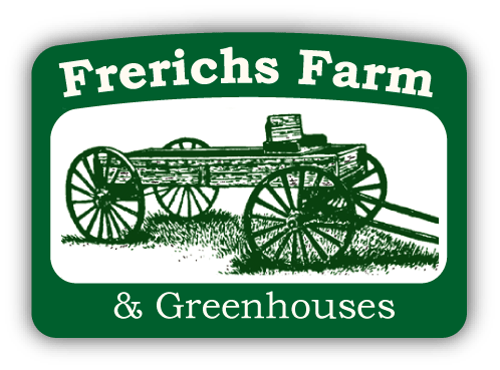Heat Tolerant Perennials
Hot Sun perennials thrive when they receive a fair amount of direct sun each day.
Yarrow
Achillea or yarrow is a superb plant for sunny hot spots. Yarrow is one of the easiest plants to grow in the full sun garden. It is an outstanding plant for that hot, dry, sunny spot where few other plants will thrive. Full sunshine. Yarrows do very well in container growing, as they’ll handle the occasional drying out.
Columbine
Aquilegia or Columbine is an excellent self-sowing perennial for sun or very light shade. This plant is a late spring or early summer bloomer for the full sun.
Asters
Asters are the stars of the fall, full sun perennials lineup. Asters or Michaelmas Daisies are the mainstay of the sunny fall border. Asters are extremely easy to grow. They’ll survive in almost every garden soil that is moderately fertile and well drained. Unfortunately, they’ll not do well on clay soils. They need full sunlight although morning shade is tolerated as long as that full noon sun is available.
Butterfly Bush
Buddelia or Butterfly Bush is one of the most fragrant of garden plants. And it really does attract butterflies! Butterfly bush grows best in full sun and fertile soils. If you want to make a statement in the summer garden, plant buddleia in clumps.
Campenula/Bellflower
Campanula or Bellflower are delightful bloomers but come with a spreading plant warning. Full sun or part shade. Average garden soil is fine, they prefer a well-drained soil.
Cornflower/Bachelor Buttons/Mountain Bluet
Cornflower Centaurea, Bachelor Buttons, or Mountain Bluet are one and the same. Bachelor Buttons comes to us from either the habit of bachelors wearing the flowers (it lasts a long time as a cut flower) in buttonholes or as a reference to the starburst medals worn by soldiers. The flower is a startling blue.
Butter Daisy/Coreopsis
Coreopsis or Butter Daisy" is a garden stalwart and long-blooming yellow daisy. Coreopsis are certainly worth searching out if you need a perennial with a long blooming season and foolproof nature.
Delphinium
Delphinium flowers are one of the loveliest of mid-summer tall flowers. They prefer full sun, need a rich soil, and as they grow to be six feet, need to be staked.
Day Lilies
Hemerocallis or daylilies are always in the perennial border. Daylilies take full hot sunshine but also part-shade with afternoon sun. Growing them in morning sun and afternoon shade will lead to a weaker plant with fewer blooms but it can still be done. Growing daylilies in full shade is not recommended if you want to see blooms from year to year.
Sweet Pea/Lathyrus
Lathyrus or perennial sweet pea is a good vine, ground cover or perennial border plant. It prefers full hot sun although it will tolerate a little morning or late afternoon shade.
Lavender
Lavender is among the most favorite of full sun perennials and belongs in every garden.
Lupines
Lupines are easy to grow if you give this plant exactly what it wants. It really does thrive best in full, hot sun. It also likes well-drained soils that get decent amounts of rainfall.
Lysimachia
Lysimachia is good for sun or part shade. This is one plant that will grow in almost any garden situation – from dampish soils right through to marginal sandy soils. They love the full sun but will grow in part shade.
Monarda/Bee Balm
Monarda or Beebalm is a garden backbone plant. Excellent but a bit of a spreader. This is a plant of the full sun perennial border. The blooms are mostly on the red-violet side of the color wheel with occasional dashes into whites and pinks.
Peonies
Paeonia or peonies are classic perennials for the sun that bloom early in the season
Phlox
Phlox paniculata or tall garden phlox is a backbone plant in the perennial cottage garden. They want full sun in a well-ventilated area.
Siberian Iris
This iris prefers full sun but will thrive in light shade. The more heat you give it, the more shade it will tolerate. In other words, if you’re growing in the South, it will take more shade than in the North. Moderately fertile soils seem to produce the best flowering rather than heavily fertilized gardens. In spring and summer it prefers a damp soil and this is why it makes an excellent bog or waterside plant. In the fall and winter however, it does want to be dry – standing water will kill it over the winter.
